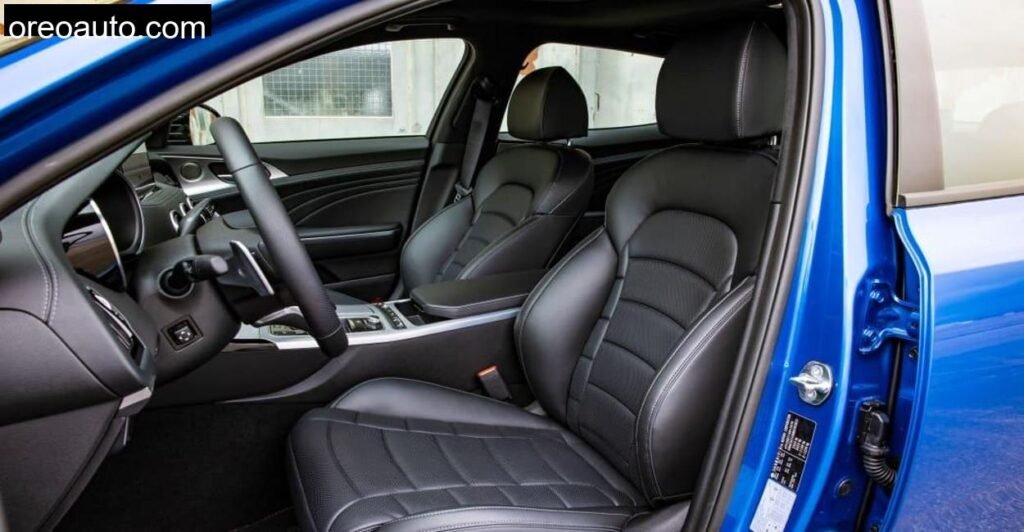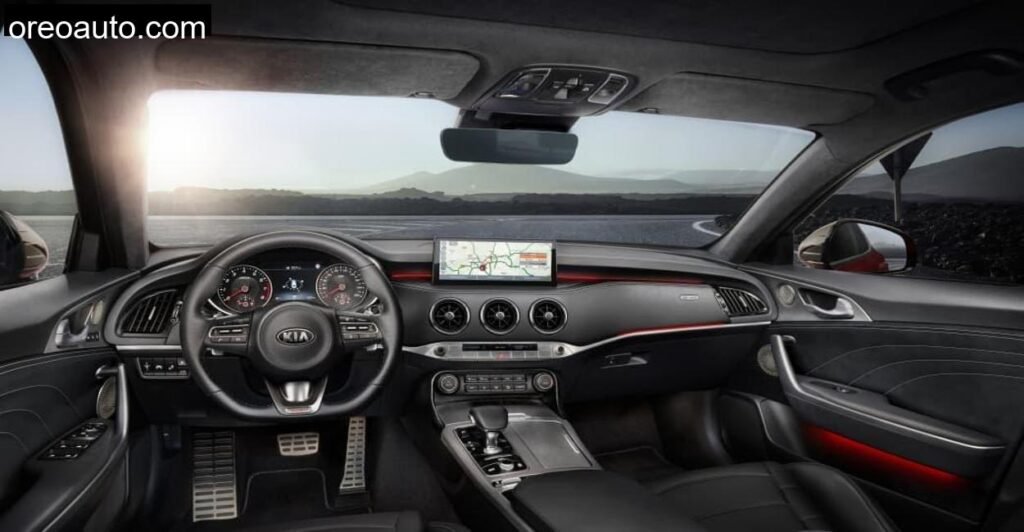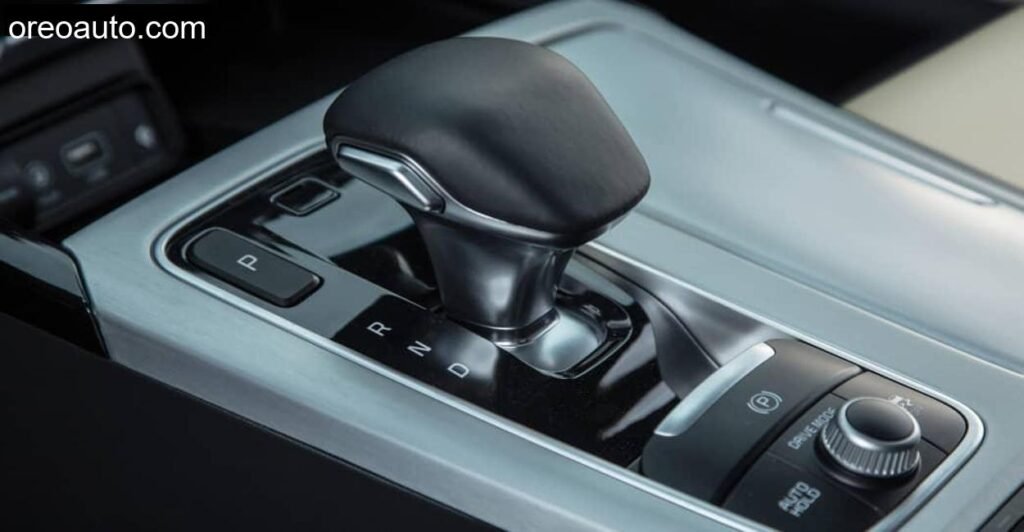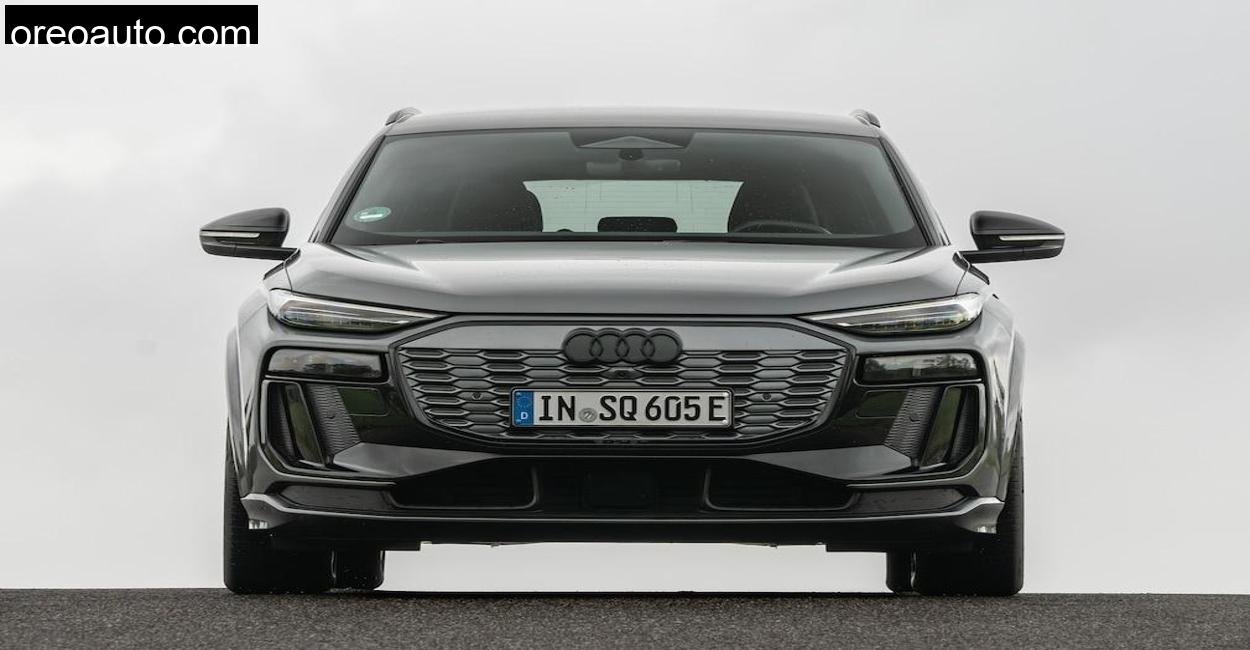There’s something about Westerwald that lingers with you. The rolling roads carved through misty green forests, the occasional climb that pushes your foot harder into the throttle, the peace interrupted only by the snarl of a finely tuned engine. And this time, the beast growling through these valleys wasn’t German, it was the Kia Stinger GT, 3.3 liters of unfiltered V6 thunder, wrapped in a sleek Korean shell.
I’ve driven fast cars before. Plenty of them. But the Stinger, this one surprised me. It didn’t shout for attention with flamboyant design, nor did it try to hide its sporting intentions behind bland conservatism. This Kia, especially in this limited spec with only one engine choice left, meant business from the moment I first touched the steering wheel. And where better to test its promises than in Westerwald’s undulating ribbon of asphalt?
First Impressions: A Kia With Swagger
This isn’t your neighbor’s Ceed or Picanto. The moment I stepped up to the Stinger in the morning mist of Westerwald, it looked like a wolf in navy blue. The long hood with functional air vents, the low, slung stance, and those quad tailpipes told me this wasn’t an economy car masquerading as a GT, it was a GT.
Slipping into the cockpit, I was immediately cocooned in what can only be described as Korean precision, meets, European ambition. Real leather seats, snug but not restrictive. A wide 10.25, inch touchscreen that actually made sense, not a messy attempt at tech bravado. The Harmon/Kardon 15, speaker audio system greeted me with bass so clean, I paused to check if I’d stepped into a much pricier car.
This wasn’t just a good Kia. It was a good car. Period.
The V6 Heart: 366 Horses That Don’t Whisper

Let’s talk about what makes this Stinger different from anything else Kia’s done before, and sadly, maybe ever again. A 3.3, liter twin, turbocharged V6. All, wheel drive. 510 Nm of torque. A rear, biased platform that lets you feel the road without ever being punished by it. It’s old, school muscle in a new, school body.
There’s no hybrid wizardry here. No EV silence. Just good old turbocharged explosion, and on Westerwald’s empty country lanes, that mattered. With one hard jab on the throttle, the car hunkered down and launched with a fury that caught me grinning, unintentionally. 0 to 100 km/h in 5.4 seconds may not be supercar territory, but it feels faster thanks to how it builds power relentlessly up to its 6000 rpm redline.
That guttural growl from the V6, filtered but not muted, echoed off the damp forest walls as I carved through tight corners and long sweepers. I’ll admit, I downshifted just to hear it sing.
Ride and Handling: Nürburgring Soul on German Soil
The chassis? Absolutely sublime. Developed at the Nürburgring, it balances agility with comfort like few cars in this price range do. Adaptive dampers never made themselves known in an intrusive way, but they worked silently in the background to smoothen bumpy roads and tighten things up when corners came fast.
Westerwald’s terrain is an ideal mix of fast straights and sharp elevation changes, which makes any compromise in suspension tuning glaringly obvious. The Stinger never once felt like it was in over its head. It’s not light, nearly 2 tonnes of weight can’t be denied, but it hides its mass well.
On dry tarmac, the AWD system clung to the road with unshakeable confidence. Yet it never felt clinical. There was just enough rotation at the rear on throttle lift, off to remind me: this is not just a fast sedan; it’s a real driver’s car.
Interior and Tech: Functionality With Flair

Once you’re done hooning it, the Stinger’s other personality kicks in. A refined cruiser, fully equipped. The interior feels closer to Audi than anything you’d expect from Kia five years ago. No gimmicks. All touchpoints are soft, all controls exactly where you want them.
The head, up display worked flawlessly through the fogged, up highland roads, keeping my eyes on the drive. And Kia’s adaptive cruise control, now linked to the navigation, smartly slowed for curves and roundabouts, a small touch, but one that made longer stretches more relaxed.
My only complaint? The rear headroom. Anyone above 1.80 m will brush the ceiling. And the rear seat angle feels a bit too upright for long tours. But the trade, off is worth it when the boot swallows 440 liters of luggage with the cover removed, ideal for a weekend escape or, in my case, camera gear and bike tools.
Real World Consumption: The Price of Power
Let’s get real here. This car isn’t about saving fuel. Over our test loop, which included some very spirited driving, the trip computer showed 11.2 liters/100 km. Highway cruising helped it dip to around 9.5, but hit the twisties and you’ll easily see it climb to 12+. CO₂ emissions are just as unkind, well north of 270 g/km.
But you don’t buy a V6 Stinger expecting Prius, like frugality. You buy it for the drama, the torque wave, the uniqueness. Still, this level of consumption places the Stinger firmly in the “enthusiast’s choice” category, not the eco, warrior segment.
Technical Specifications
To stay accurate and dependable, we obtain our technical info directly from Kia’s official source.
| Specification | Details |
| Engine Type | 3.3L V6 Twin, Turbo Petrol (Otto) |
| Displacement | 3,342 cc |
| Max Power | 366 hp (269 kW) |
| Max Torque | 510 Nm |
| Transmission | 8, Speed Automatic |
| Drive Type | AWD (Rear, biased) |
| 0, 100 km/h | 5.4 seconds |
| Top Speed | 270 km/h |
| Fuel Consumption (NEDC) | 10.4 l/100 km |
| CO₂ Emissions (W2W) | 278 g/km |
| Boot Space (Seats Up) | 406 L |
| Boot Space (Seats Folded) | 1,114 L |
| Kerb Weight | 1,933 kg |
| Length x Width x Height | 4,830 x 1,870 x 1,400 mm |
| Towing Capacity (Braked) | 1,000 kg |
| Base Price (Germany) | €60,620 |
| Warranty | 7 Years / 150,000 km |
Long, Distance Driving: A Grand Tourer At Heart

Westerwald’s backroads gave me thrills. But the Autobahn was where the Stinger truly flexed its GT muscles. 200 km/h? Effortless. Cabin noise? Barely a whisper. The V6 rumbled beneath the hood like a contented lion, ready to pounce again if needed.
Despite the firm setup, the ride remained comfortable for hours. The front seats, cooled and electrically adjustable in every direction, held me in place with Germanic snugness. And even after a full day of testing, I stepped out without fatigue.
There’s something intoxicating about a long, hooded car that feels this connected to the road yet stays composed when you just want to cruise. The Stinger gets it.
Conclusion: The GT You Didn’t Expect From Kia
Kia did something brave with the Stinger. In a world where electrification and efficiency dominate headlines, they built a 366 hp V6 sports sedan with AWD, real driving feel, and no pretensions. It’s raw, emotional, beautifully finished, and absurdly well, equipped for its price.
In Westerwald, it earned its GT badge every time I pushed it through a corner or surged past traffic on a long stretch. The Stinger reminded me that driving can still be visceral and elegant. And while it may be fading from the new car showrooms, what it leaves behind is a legacy.
Not many cars do this anymore. Fewer from brands like Kia. And that makes the Stinger special.
Is the Kia Stinger still available with rear, wheel drive?
Not anymore. Since the 2021 update, all Stinger models come with AWD only.
Does the Stinger support Android Auto and Apple CarPlay?
Yes, the infotainment system supports both wirelessly and works flawlessly across the 10.25, inch screen.
What’s the fuel economy like in real driving for the Stinger?
Expect between 9 and 12 liters per 100 km, depending on how heavy your right foot is. This is a performance car after all.










